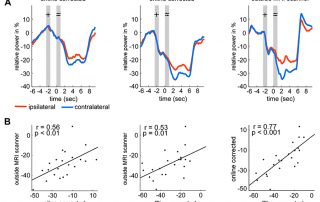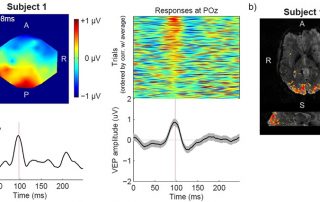Simultaneous EEG and BOLD fMRI: Best setup practice in a nutshell
The most widely used EEG equipment for simultaneous EEG/BOLD fMRI acquisition consists of the BrainAmp MR plus, RecView and Analyzer 2. Thus, the Brain Products’ Technical Support team has great experience in helping our customers to solve technical problems concerning EEG/fMRI studies. In this article, we share our experience by presenting an overview of the most important set up steps for a successful EEG/fMRI experiment.



